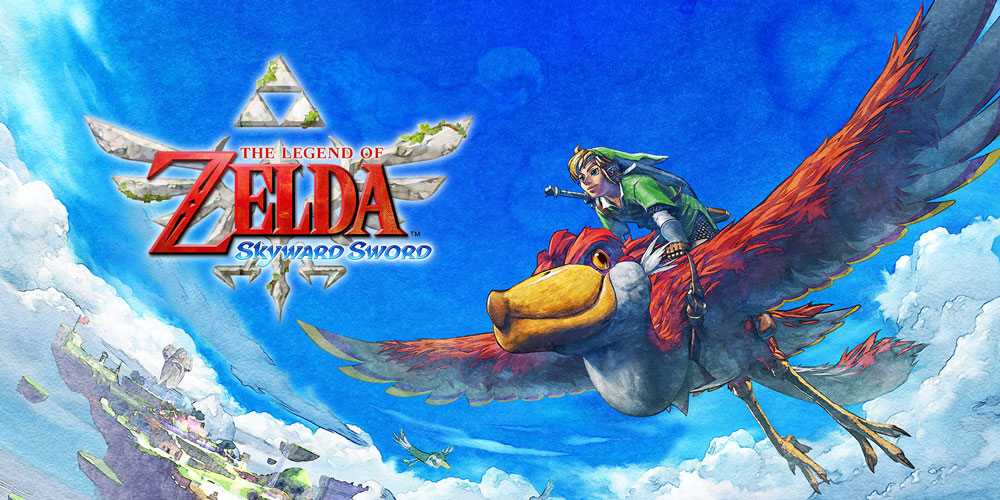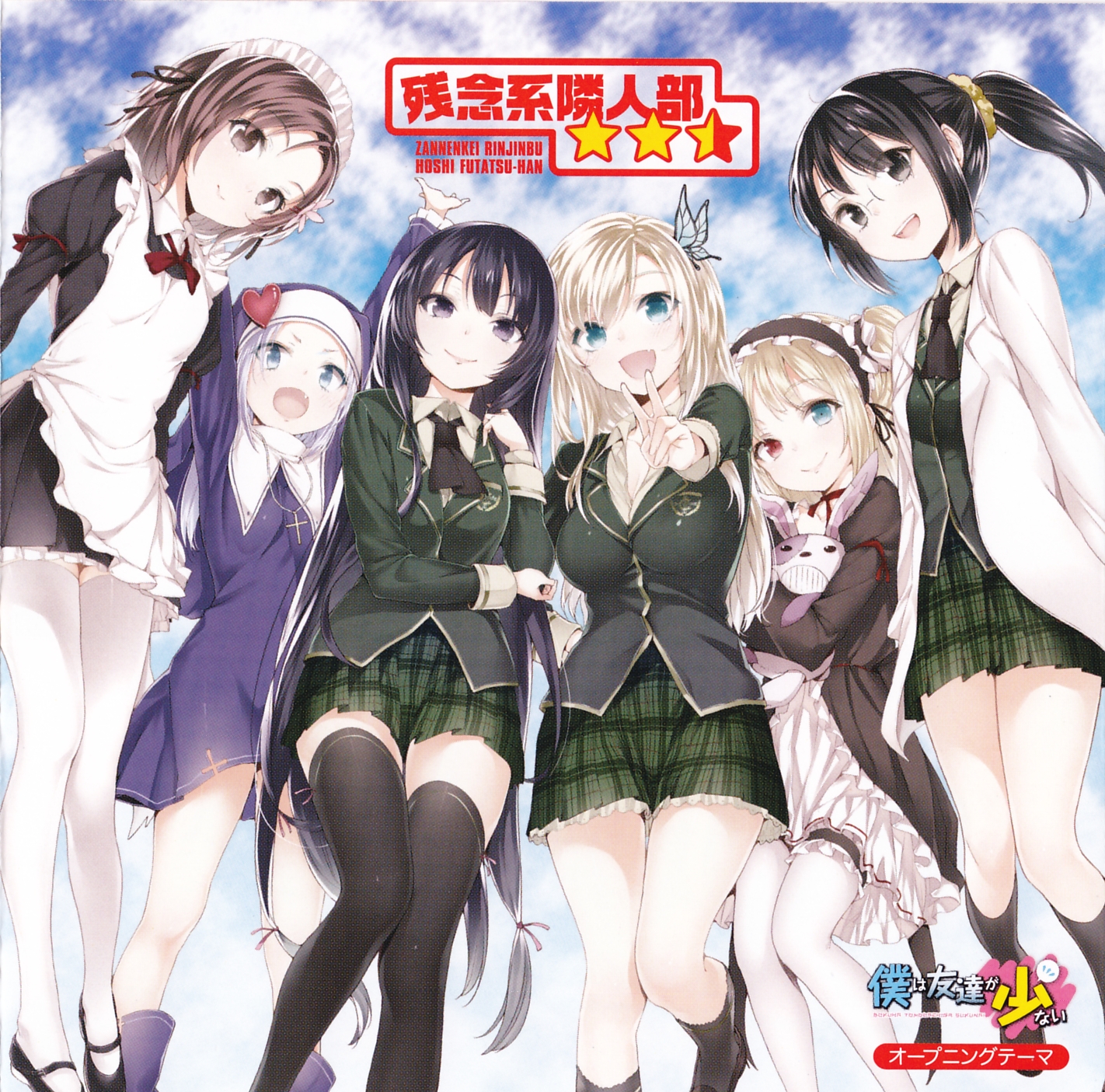Tomodachi life is a Nintendo 3DS game. It combines elements from animal crossing, the sims, nintendo Mii, and hallucinogenic drugs. Check back here for latest updates and news about the game. Tomodachi Life is a life simulation video game developed by Nintendo SPD and published by Nintendo for the Nintendo 3DS.The game, which is a direct sequel to the Japan-exclusive Nintendo DS title Tomodachi Collection, was released in Japan in April 2013, June 2014 worldwide and July 2014 in South Korea.The game received positive reviews and good sales records.
Tomodachi Collection
3DS
13 Trivia
In the International versions of the game, this was changed so that the effect becomes permanent when used. Because of this, the Kid-o-matic item was created exclusively for the international versions as a way to reverse the effects of the Age-o-matic. (and allowing adult Miis to become children)
The North American version of the game replaces this event with one called 'Rap Battle', in which two Miis try to insult each other in rhymes until one of them cannot come up with a rhyme.
The European versions not only contain the 'Rap Battle' event, but also an English version of the 'Shiritori' event called ' Word Chain', where instead of coming up with words that begins with the final kana of the previous word, two Miis have to come up with words that begin with the letter that the previous word ended with.

Gay marriages are able to be performed in Tomodachi Life due to the ability to create Miis that have the appearance of Miis of the opposite gender. While many have complained of the inability to have same gender relationships in Tomodachi Life, Nintendo has refrained from including the feature, explaining that the game is not to be looked at as though it is a 'simulation' of real life.

| Tomodachi Life | |
|---|---|
| Developer(s) | Nintendo SPD |
| Publisher(s) | Nintendo |
| Director(s) | Noriyuki Sato Ryutaro Takahashi Eisaku Nakae |
| Producer(s) | Yoshio Sakamoto |
| Composer(s) | Daisuke Matsuoka Asuka Ito |
| Platform(s) | Nintendo 3DS |
| Release |
|
| Genre(s) | Life simulation |
| Mode(s) | Single-player |
Tomodachi Life[a] is a life simulationvideo game developed by Nintendo SPD and published by Nintendo for the Nintendo 3DS. The game, which is a direct sequel to the Japan-exclusive Nintendo DS title Tomodachi Collection, was released in Japan in April 2013, June 2014 worldwide and July 2014 in South Korea. The game received positive reviews and good sales records. Many reviewers praised the gameplay but criticised the minigames. Its name means Friend Life.
Gameplay[edit]
The game begins with the player naming their island and creating or importing their personal Mii, who is referred to as the player's 'look-alike' and lives in an apartment building. The building holds up to 100 Miis. (or more depending on the date of the release of your copy)
Tomodachi Life Ost Happy
The player can import Miis from the system's Mii Maker, other devices or QR codes or create them from scratch using the 3DS's camera or the in-game Mii Maker. The Miis are voiced by a text-to-speech software and have unique personalities. Miis can then perform various actions, such as eating, trying on different outfits, falling in love with each other, and engaging in many leisure activities. As more Miis are added to the island, many strange and curious interactions can occur between them, such as friendship, romance, rivalry, romantic relationships and families. As the game goes by, the player unlocks more stores, clothes, food, and places for the Miis to play. They can even unlock a port, where they can give and 'trade' goods with other islands.
Development[edit]

In May 2014, a playable demo of the game was distributed to Platinum members of Club Nintendo in North America, the data of which could be transferred to the final version to unlock a bonus in-game item.[1] The game is bundled with two Nintendo eShop download codes for a 'Welcome version' demo, which can be given to friends.[2] A slightly different demo version was later publicly released for download via the Nintendo eShop. This version does not unlock any features in the full game.
Following the announcement of a worldwide release, controversy arose concerning the impossibility of same-sex relationships. Nintendo stated, 'The ability for same-sex relationships to occur in the game was not part of the original game that launched in Japan, and that game is made up of the same code that was used to localise it for other regions outside Japan.' [3] In May 2013, it was widely reported that a bug in the original Japanese version of the game, which enabled same-sex relationships, was patched by Nintendo.[4] This was refuted by Nintendo in a statement made April 2014, explaining that same-sex relationships were never possible, and that the patch in fact fixed a different issue.[5] Despite various campaigns from users, Nintendo stated that it would not be possible to add same-sex relationships to the game, as they 'never intended to make any form of social commentary with the launch of the game',[6] and because it would require significant development alterations which would not be able to be released as a post-game patch. The company later apologised and stated that if they were to create a third game in the series they would 'strive to design a gameplay experience from the ground up that is more inclusive, and better represents all players.'[7]
Reception[edit]
Tomodachi Life has received positive reviews. It holds an average of 72% and 71/100 on review aggregate sites GameRankings and Metacritic, respectively.[8][9][10]IGN gave the game a score of 8.4, calling it 'a surprisingly funny and rewarding experience.'[11]Polygon gave Tomodachi Life a 7.5 out of 10, praising its likeability despite certain aspects being repetitive.[12]GamesRadar gave the game 4 out of 5 stars, praising its weird humor and relaxing gameplay, whilst criticising the minigames for being too simple.[13]GameTrailers gave the game a score of 6.0, stating 'the pervasive sense of quirkiness in Tomodachi Life works, but can’t sustain the entire game.'[14] The game has received criticism for not enabling relationships between Mii characters of the same sex; Nintendo of America later apologized for failing to include same-sex relationships in Tomodachi Life, stating that it wasn't possible for NoA to change the game's design, or for Nintendo to change this aspect in a post-ship patch. It also noted that 'if we create a next installment in the Tomodachi series, we will strive to design a game-play experience from the ground up that is more inclusive, and better represents all players.'[15][16]
Tomodachi Life was the best seller in the Japanese video game market during the week of its release, selling about 404,858 units.[17] By September 2014, its global sales reached 3.12 million units.[18] As of December 31, 2019, Nintendo has sold 6.55 million units of the game worldwide,[19] making it one of the top 10 best selling games on the 3DS.
Legacy[edit]
A stage based on Tomodachi Life appears in Super Smash Bros. for Nintendo 3DS and Super Smash Bros. Ultimate.[20]Miitomo, a social networkingmobile app for iOS and Android devices, was released in March 2016. The app was created by the same core team who developed Tomodachi Life, and features very similar ideas. In 2016, a similar game involving Miis, Miitopia, was released in Japan.[21] It was released worldwide the following year.
Notes[edit]
- ^Known in Japan as Tomodachi Collection: New Life (Japanese: トモダチコレクション 新生活, Hepburn: Tomodachi Korekushon: Shin Seikatsu)
References[edit]
- ^'Club Nintendo Distributing Tomodachi Life Demo Codes to Select Platinum Members - 3DS News @ Nintendo Life'. Nintendolife.com. Retrieved May 21, 2014.
- ^MacDonald, Keza (May 21, 2014). 'Tomodachi Life Comes With 2 Free Demos to Give to Friends'. Kotaku UK. Retrieved May 21, 2014.
- ^'Nintendo resists #Miiquality campaign to let Tomodachi Life gamers play gayk=Guardian News'. Associated Press. May 7, 2014.
- ^Ashcraft, Brian (May 8, 2013). 'Rumor: Bug Makes Gay Marriage Possible in Nintendo Game [Update]'. Kotaku.com. Retrieved June 12, 2014.
- ^Parfitt, Ben (April 10, 2014). 'VIDEO: Nintendo to give Tomodachi Life a shot in the West | Games industry news | MCV'. MCV. Retrieved June 7, 2018.
- ^lang, Derrik (May 7, 2014). 'Nintendo Says No to Virtual Equality in Life Game'. Associated Press. Abcnews.go.com. Archived from the original on May 12, 2014. Retrieved May 21, 2014.
- ^'We are committed to fun and entertainment for everyone - Nintendo Official Site'. Nintendo.com. May 9, 2014. Retrieved May 10, 2014.
- ^'Tomodachi Life for 3DS'. GameRankings. CBS Interactive. Retrieved February 8, 2017.
- ^'Tomodachi Life for 3DS Reviews'. Metacritic. CBS Interactive. Retrieved June 8, 2014.
- ^'Nintendo Apologizes For Not Putting Gay Marriage In Tomodachi Life'. Kotaku. Kotaku. Retrieved June 8, 2014.
- ^Otero, Jose (June 6, 2014). 'Tomodachi Life Review'. IGN. Retrieved June 8, 2014.
- ^McElroy, Griffin (June 6, 2014). 'Tomodachi Life review: semi charmed'. Polygon. Retrieved June 6, 2014.
- ^Gilbert, Herbert (June 6, 2014). 'Tomodachi Life review'. GamesRadar. Retrieved June 8, 2014.
- ^Moore, ben (June 6, 2014). 'Tomodachi Life - Review'. GameTrailers. Retrieved June 8, 2014.
- ^'Nintendo Apologizes For Omitting Gay Marriage From 'Tomodachi Life''. NBC News.
- ^Jason Schreier. 'Nintendo Apologizes For Not Putting Gay Marriage In Tomodachi Life'. Kotaku. Gawker Media.
- ^'This Week in Sales: Tomodachi Collection Sees Big Launch Sales'. Siliconera. April 24, 2013. Retrieved February 2, 2014.
- ^'Supplementary Information about Earnings Release'(PDF). Nintendo. October 30, 2014. Retrieved November 29, 2014.
- ^'Top Selling Title Sales Units - Nintendo 3DS Software'. Nintendo. December 31, 2019. Retrieved January 30, 2020.
- ^'Tomodachi Collection: New Life stage'. IGN. March 14, 2014. Retrieved March 30, 2014.
- ^Otero, Jose. '5 Things We Learned About Miitomo and Nintendo's Digital Future'. IGN. Retrieved 1 April 2016.